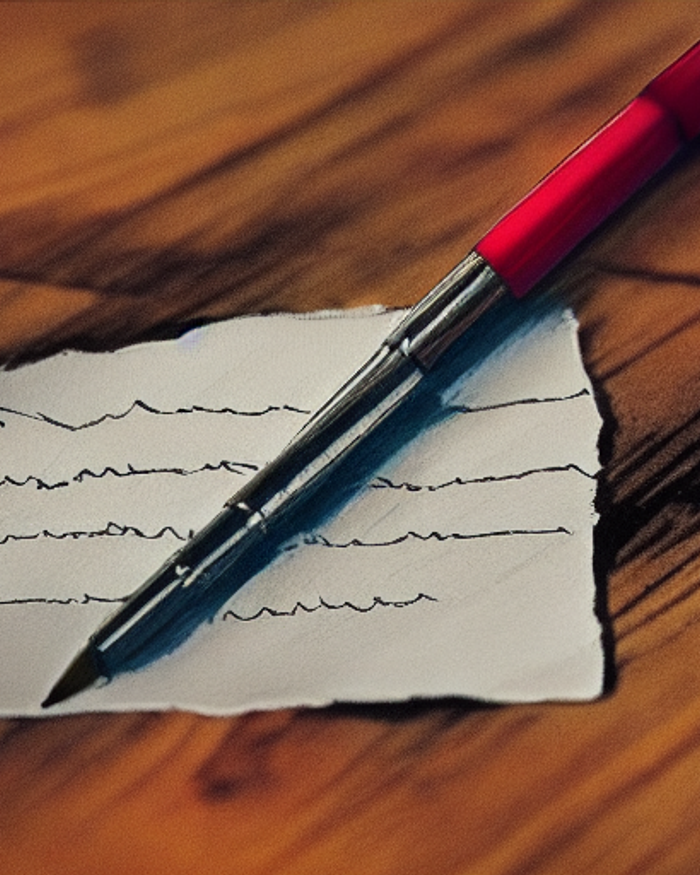A guide to effective journaling
The following technique belongs in any journaler’s toolkit, but is particularly effective for new journalers. It’s designed to help you feel comfortable getting everything out of your head and onto paper.
Using this technique, your writing may be cluttered, confused, or circular. That’s fine—in fact, it’s expected. We can spend a lot of time thinking in circles without noticing it. Once you write thoughts down however, lack of clarity becomes a lot more obvious.
If your writing seems messy, that’s a fantastic sign of progress! You’re noticing something about your mind you probably couldn’t see before. Once you notice it, you can think (and write) more clearly about what you might want to change.
A Three-Step Writing Process
1. Collect your thoughts
A blinking cursor in a blank document can be intimidating. Fortunately, there’s no right or wrong way to start your entry. You could write, “I have no idea what to write today,” and you’d be off to a great start. Just keep writing each thought that comes after that first one. You’ll end up somewhere interesting, guaranteed.
If that sounds too aimless, you can take a few moments before you begin. Consider what’s on your mind. What surprised you today? What was frustrating? Did you succeed or fail at something? Did you meet someone new? Is there something in the news that’s troubling you?
As you reflect, let your mind wander. Follow your stream of consciousness down its banks. Some thoughts float by quickly. Others coalesce in pools or make circles in eddies. Take note of topics you spend time on. That’s what you’ll write about today.
2. Write freely, and don’t mind the mess
At some point in our early years, we learn to write and revise at the same time. Nobody tells us to do it this way—they don’t have to. It comes from some subconscious desire—excellence or efficiency or something else.
But journaling isn’t about excellence in any traditional sense. It’s exploratory. It’s about externalizing your internal state. Putting it somewhere you can see it regardless of how messy it is. You can only organize your thoughts only once you’ve laid them out, so go ahead. Make a mess.
As you’re writing, you’ll make typos, repeat yourself, mangle a sentence, and, more than once, pick an adjective that’s just plain wrong. Try not to worry about any of this too much. Just write. You’ll have time to clean up in just a moment.
3. Question, rewrite, and polish
By this point, you should have a delightfully messy first draft. Review your entry and make quick fixes to typos, punctuation, grammar and the like.
Then, reread it with a more critical eye.
If you wrote a short passage about the events of your day, try to add nuance or context to the events and emotions. It’s good practice to notice the details of life, and detailed entries about daily life are a lot of fun to look back on years later.
If your topic has more depth to it, approach your revision more thoughtfully.
Examine your initial reactions and habitual responses. How do you feel? Why do you feel that way? Is there a broader theme you’re gesturing at? Does your current perspective serve you? Can you look at things from a different perspective? In what ways is that perspective better? In what ways is it worse?
As you answer these questions for yourself, write down your responses. Integrate new viewpoints and adjust old ones.
The editing process is key to effective introspection. This step will generally take the longest, so allow yourself time to think and reorganize the web of emotions, behaviors, and beliefs.
Back to the blog


